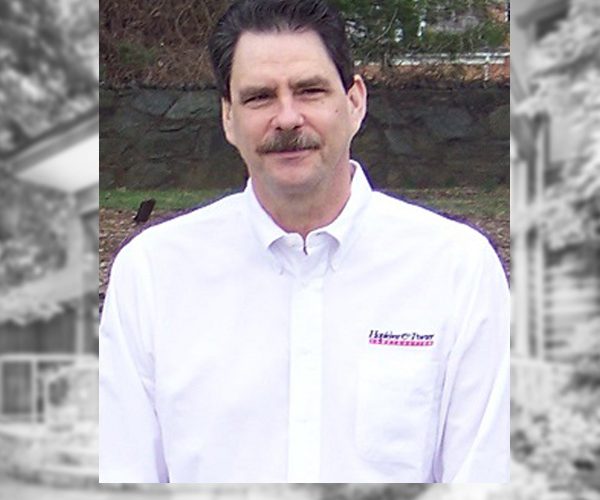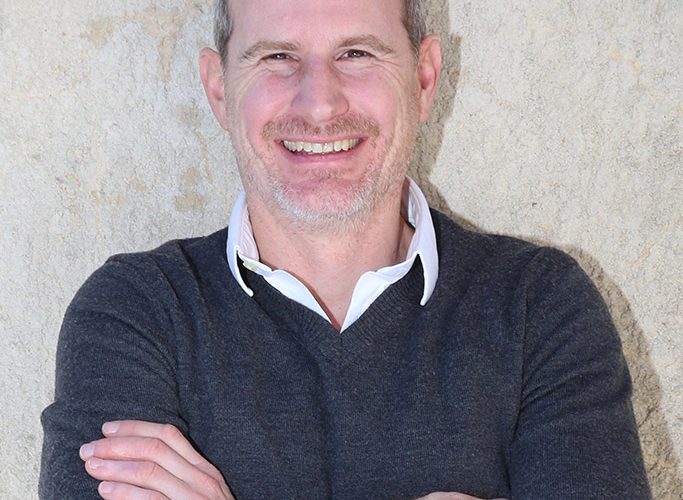Ep.29: Talking Job-Site Safety with Dale Nikula
Accidents happen on the job, and luckily most are relatively minor — cuts, bruises, maybe stitches — but they can be more serious. Then everyone tightens up and pays attention, but that attention tends to fade. Getting jobs done once again becomes the focus, with maybe a few thoughts toward what could have happened. But a major accident could put your company out of business.
Dale Nikula and his company faced the worst that could happen. In 2003, one of his project managers died of head trauma after a fall.
In this episode, Dale talks to Tim and Steve about leading his company through that loss, and getting through the regulatory investigations. He had to take a hard look at how to keep his company thinking about safety — all the time.
Dale is the president of Encore Construction in Dennisport, MA. After working for his father for many years, he founded his own company in 1995 as Dale R. Nikula Co. Inc. Dale had established a reputation as an outstanding carpenter, but clients quickly discovered that he was equally talented at leading people and projects. The company grew steadily as word spread about Dale’s high standards and commitment to his clients. In 2003, Dale renamed his company Encore Construction to reflect the team of carefully selected project managers, designers, and craftspeople that joined him to serve customers.
After the fatal accident, Dale took important steps to keep his company together and get through the investigations. But he went a step farther, concentrating on how to keep his job sites safer, including hiring a retired OSHA official to consult and help create a formal safety program. It has to become a part of your production program, Dale says, and go beyond merely meeting requirements. He shows you how to create safer work sites, including:
- Managing safety on a day-to-day basis
- The critical nature of a job-site presence
- Why OSHA never considers anything an accident
- Naming a safety officer who’s in the field
- Making the safety officer accountable
- The two-strike rule
- Covering safety in your budgets
- The quality of safety equipment
- Getting sub-contractors to buy in
- And more…
Safety has to be top-of-mind, not an afterthought. One accident can put you out of business overnight. It’s a heavy topic, but one you should face head-on.















